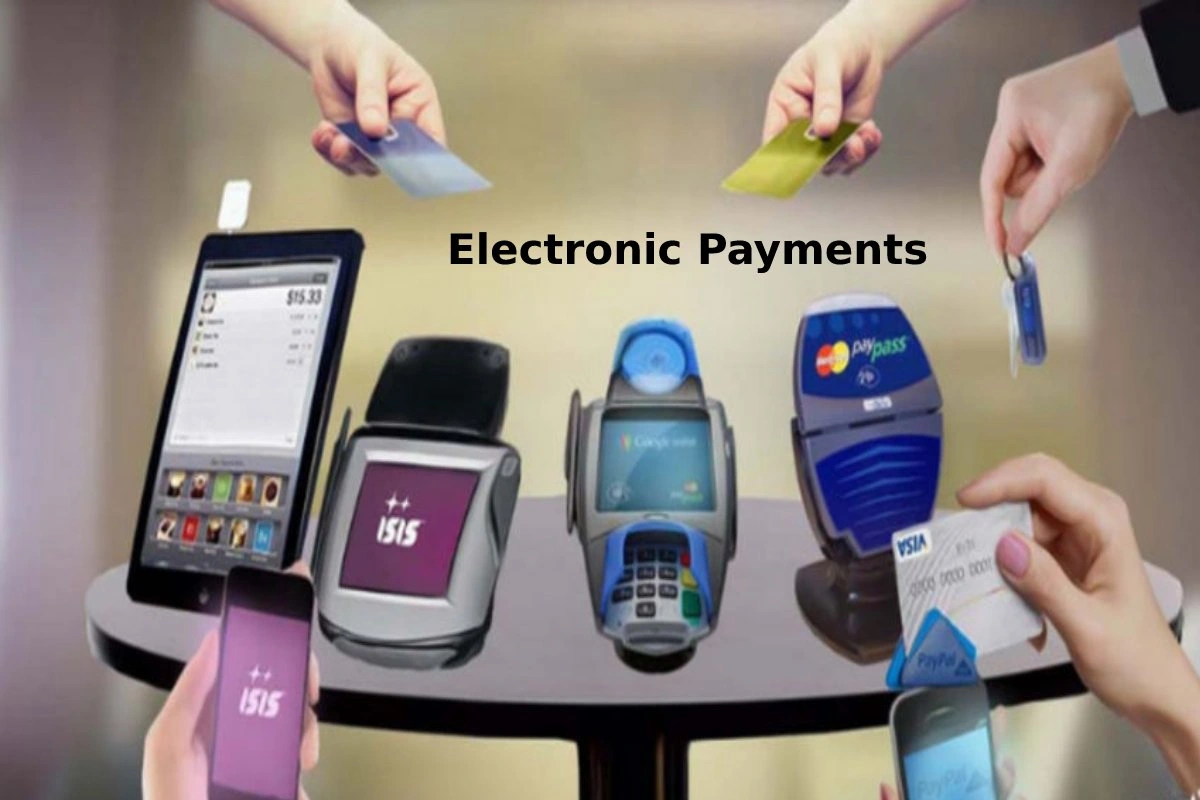Electronic payments – Making payments has evolved with time, and the value of the digital payment industry will be at $6.6 trillion by the end of 2021. Today we indicate our progress and achievements as a species by paying using technologically powered payment methods. These methods offer us fast, convenient, easy, and secure methods of payment.
By the end of 2021, Finaria.it predicts the digital payment industry will experience growth by 22% from the $5.4trn in 2020. The industry has grown more with the pandemic from 16% before the pandemic to 22% during the pandemic and will only keep growing. The growth of the digital payment market is attributed to both tech advancement and evolving consumer behavior.
Here are some of the latest trends taking the electronic payment industry by storm.
1. Biometric Authentication
Biometric authentication is a verification method that involves the structural and biological characteristics of a person. They include facial recognition, fingerprint scanning, heartbeat analysis, vein mapping as well as iris recognition.
Biometric authentication is critical because it curbs identity theft and fraud. It provides efficiency, accuracy, and security all at once. Clients have become loyal and trust the service because it’s highly secure.
2. Integrated Payments
Integrated payments happen where customers want a seamless checkout experience. They, therefore, link payment to the whole buying process rather than separate the exchanges. Clients want to avoid the extra steps they would have to undertake before completing a sale.
3. Coded Payments

In the past, a combination of unique digits recognized bank accounts, today Visa, Mastercard, and Europay have picked up and gradually introduced clients to a more secure yet computerized mode of payment.
Today the EMV (Europay, Mastercard, and Visa) uses varying codes for every transaction. This has greatly enhanced the security of bank accounts.
4. Focus on Top Notch Security Powered by Machine Learning And AI
Digital payments are made on the web. They are prone to cybersecurity threats. Payment companies must focus on improving their cybersecurity framework through artificial intelligence and machine learning.
5. Mobile Point of Sale Payment System
The Mobile Point of Sale system (mPOS) is a revolutionary, flexible, and streamlined mode of payment that liberates merchants from in-store payments by introducing the handheld pos systems. This way, business owners can receive payments from their clients through the handheld POS system while still being away from the store.
It’s a smart move to set up a POS solution for your business. However, make sure you opt for reliable POS solution providers like GRUBBRR to implement it in a hassle-free way.
6. Smart Speakers
Smart speakers give voice commands and, in return, receive the voice response. This technology has evolved and is today used by giants such as Amazon, Google, and Apple. With increased home automation, homeowners now use smart speakers in purchasing groceries, homecare, and clothing. So far, about 28% of people use smart speakers to make direct payments and send money.
7. Mobile Wallets
A mobile wallet is a mobile application mimicking the actual wallet. The mobile wallet assists the holder in receiving money, sending money, and storing money. One can also buy tickets, pay their utility bills as well as get rewards.
8. Contactless Payments
Contactless payments allow the client to wave their smartphone across the reader rather than inserting a card. This payment method is faster and more secure than the PIN technology because they instantaneously transfer the encrypted data to the point of sale device or the handheld pos system.
The Future Is Electronic Payment

The future will see payments move from physical cash to digital payment methods. Many methods will come along the way but will later disappear. They will, however, have played a critical role in creating the future of digital payments.


